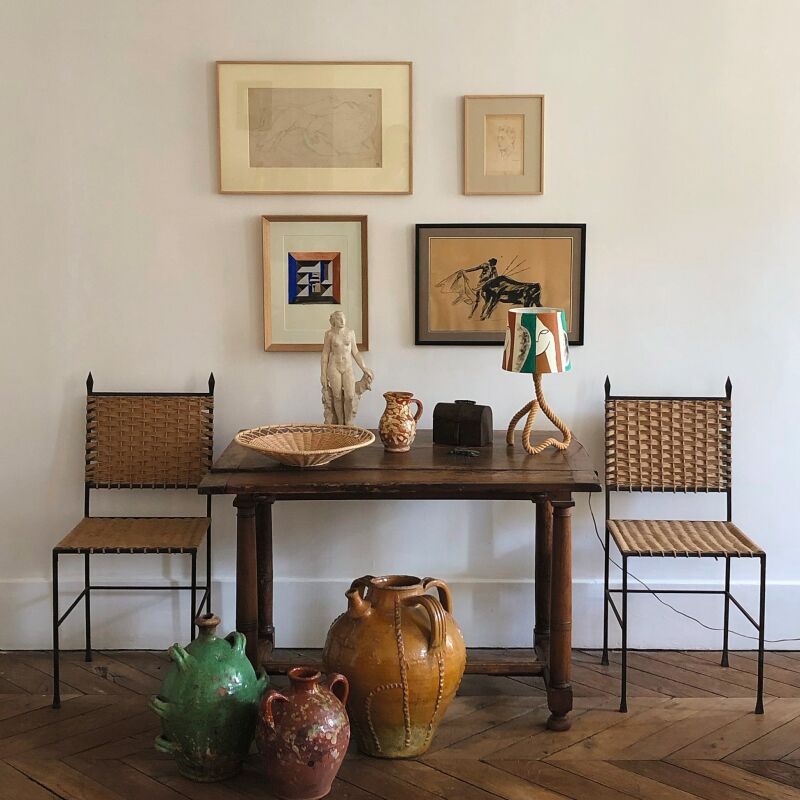What if you are a Japanese graduate student in Sweden who wants to cook your favorite Japanese dishes, but can’t find the ingredients? If you are Moé Takemura, you turn this conundrum into your industrial design master’s project: an immaculately designed cookbook.
Above: Spotted on Yatzer, at first glance the Guide to the Foreign Japanese Kitchen seems just that. It shows how to cook Japanese food using locally available ingredients in Sweden. But the real focus of Moé Takemura’s project is the paradox of wanting to use local ingredients while also trying to explore multicultural cooking. Call it a conundrum of the global chef; $48.51 through Blurb.
Above: Guide to the Foreign Japanese Kitchen is written in three languages: English, Swedish, and Japanese. It is organized into groups of recipes that make up seven different traditional Japanese meals. In the nearly 30 recipes, the author made modifications in ingredients and cooking methods to make the food easier to cook in a foreign environment.
Above: Moé visited local farms, performed many cooking experiments, and conducted food tastings to identify local substitutes for common Japanese ingredients.
Above: The recipes in the Guide to the Foreign Japanese Kitchen follow a style called Ichiju-Sansai “in which a meal is composed of a bowl of rice, a cup of soup, one main dish and two side dishes.” This style is often used in casual restaurants and schools in Japan.
Above: An event to celebrate the book and its food. Here’s an idea to steal: serving food in origami bowls.
Planting your own Asian vegetable kitchen garden is another option. Want to try it? Kitazawa Seeds sells collections like the Japanese Heirloom Garden.





Have a Question or Comment About This Post?
Join the conversation (0)